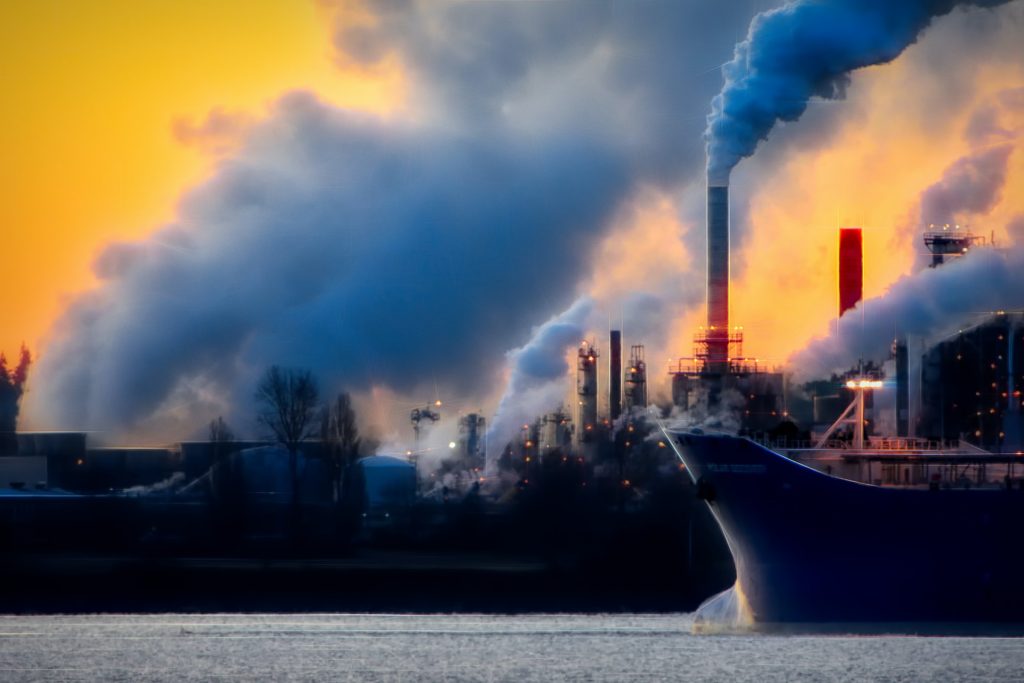While steel can usually be found on the list of hard-to-decarbonise industries, we actually know very well how to do it.
The world’s first green steel, produced with clean hydrogen instead of coal, was made by Swedish company Hybrit in 2021, and delivered to Volvo for use in its vehicle prototypes.
The company, a joint venture between steelmaker SSAB, utility Vattenfall and miner LKAB, is expecting to begin commercial-scale production in 2026. However, it may be beaten to the punch by another Swedish venture, H2 Green Steel, which is predicting production at scale by 2025.
The projects are vital to national, and global, net zero targets. SSAB alone accounts for 10% of Sweden’s and 7% of Finland’s carbon dioxide emissions. Steel manufacturing is responsible for about 7% of global carbon dioxide emissions.
Replacing coking coal in blast furnaces with clean hydrogen can cut emissions from steel production by 95%. Coking coal is used in the direct reduction of iron ore, a central process in the production of steel. When it is substituted with green hydrogen, the only emissions are only water vapour.
Green hydrogen is produced by passing water through an electrolyser powered by renewable energy, splitting it into hydrogen and oxygen, creating a virtually zero-carbon fuel.

Replacing coking coal in blast furnaces with clean hydrogen can cut emissions from steel production by 95%. Coking coal is used in the direct reduction of iron ore, a central process in the production of steel.
H2 Green Steel wasn’t even in the business of making steel a few years ago. It was spun out of battery maker Northvolt, which was looking for a cleaner way of making the steel that goes into its products.
Larger and more established steelmakers are also investing in hydrogen-derived green steel. There are at least 19 projects on the drawing board in Europe, including 7 in Germany alone.
In mid-February, the European Commission approved €55 million of state aid from Germany for a green steel demonstration plant proposed by ArcelorMittal Hamburg. The facility will produce 100,000 tonnes of direct reduced iron a year using 100% renewable hydrogen, saving an estimated 700,000 tonnes of carbon dioxide.
A bigger project was announced last week by Japanese steel mill Kobe Steel, which has partnered with Luxembourg-based engineers Paul Wurth to develop a green steel production facility for Germany’s largest steel producer Thyssenkrupp, with the aim of beginning commercial operations by 2026.
The steel plant will produce 2.5 million tonnes of steel per year using hydrogen-powered DRI, saving more than 3.5 million tonnes per year of carbon dioxide from being released into the atmosphere.
There is a clear demand for green steel. Members of SteelZero, including Orsted, AP Moller-Maersk, Landsec, Vattenfall Wind and Volvo Cars, have pledged to buy and use 50% lower-emission steel by 2030, on their way to 100% net-zero steel use by 2050.
The biggest steel producers have set targets for decarbonising their operations. ArcelorMittal and Thyssenkrupp have both committed to being carbon neutral by 2050. China, which produces about half of the world’s steel, has given its steel industry until 2030 to reach peak carbon intensity, while the country as a whole has set a 2060 target for carbon neutrality.

Larger and more established steelmakers are also investing in hydrogen-derived green steel to slash the immense emissions of steel plants (pictured). There are at least 19 projects on the drawing board in Europe, including 7 in Germany alone.
However, the cost of making these changes will be considerable.
ArcelorMittal Chief Executive Officer Aditya Mittal said earlier this month that decarbonising steel production would increase prices by 10-20%, pushing up the cost of the average car by $100-200. While this isn’t a big deal for end users, it matters a lot to the steel industry because of fine margins and intense competition, he said.
In the UK, Tata Steel estimates that transitioning its Port Talbot steelworks to net zero production will cost about £3 billion. The UK has a legally binding national target to reach net zero by 2050.
As such, steel producers are looking for government support to help them stay competitive during the transition to cleaner output.
At the beginning of this year, the Financial Times reported that the UK government was planning two grants each for British Steel and Tata Steel tied to carbon reductions, and was also said to be preparing a consultation on a carbon border tax for steel so that UK producers would not be at a competitive disadvantage to imported product.
However, the two companies together requested as much as £2bn in government support, according to the FT, while Jingye, the Chinese owner of British Steel, has warned that it will close one of its two blast furnaces and import steel from China if it does not receive government aid.
The UK is building out the infrastructure to produce and supply the hydrogen needed to decarbonise heavy industry. Last year, a project to develop hydrogen production and dispensing facilities in the heart of Bradford to power local industry was announced by Ryze Hydrogen, Northern Gas Networks and Hygen Energy Holdings.
Given the right support from the government, similar facilities can be built to supply British Steel and Tata Steel in their decarbonisation process, saving 1,000s of jobs and an important plank of the UK’s industrial base in the process.
To learn more about Ryze Hydrogen, click here.






